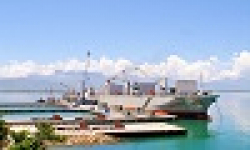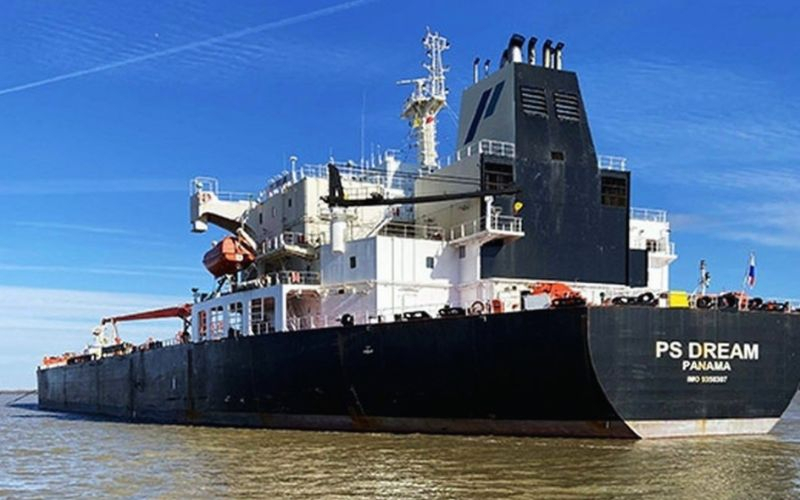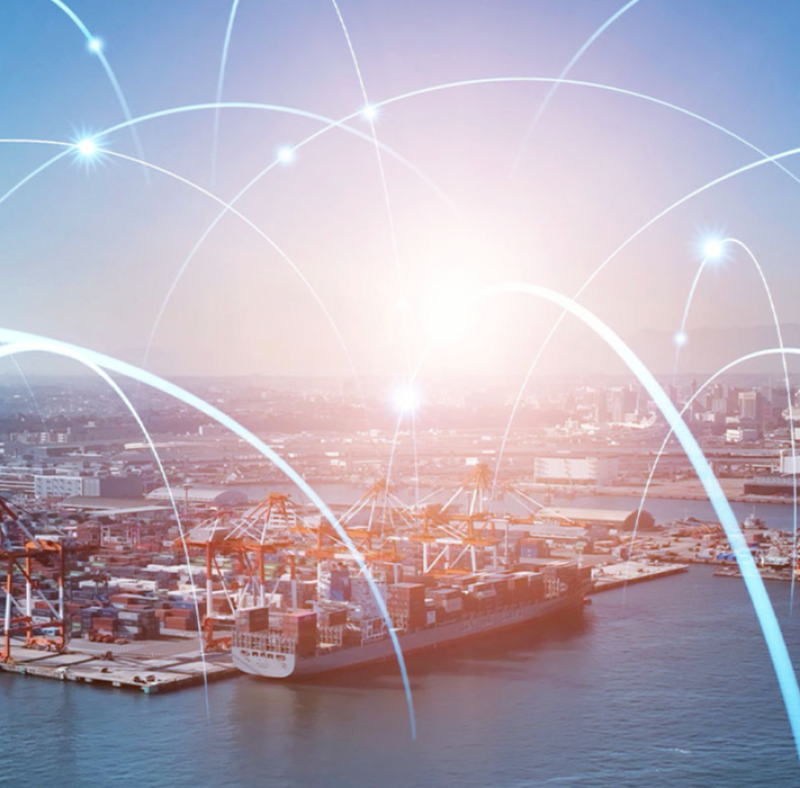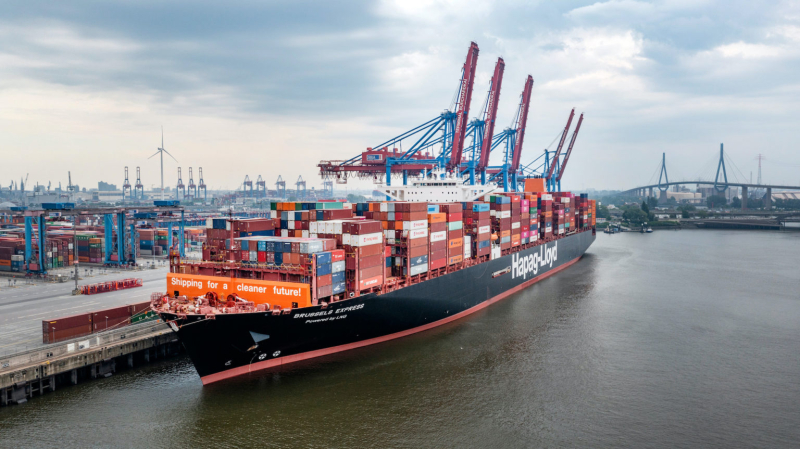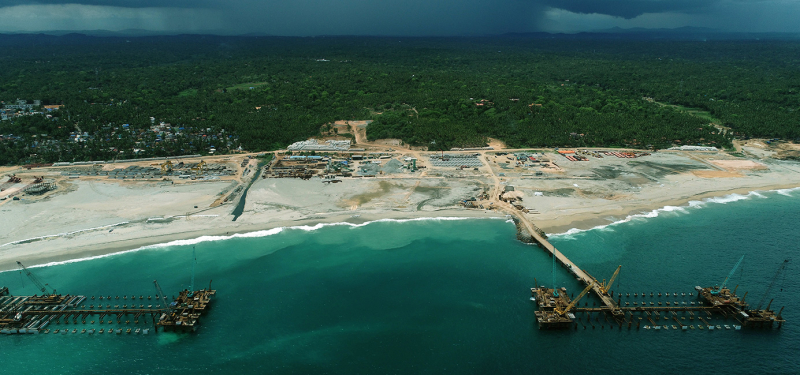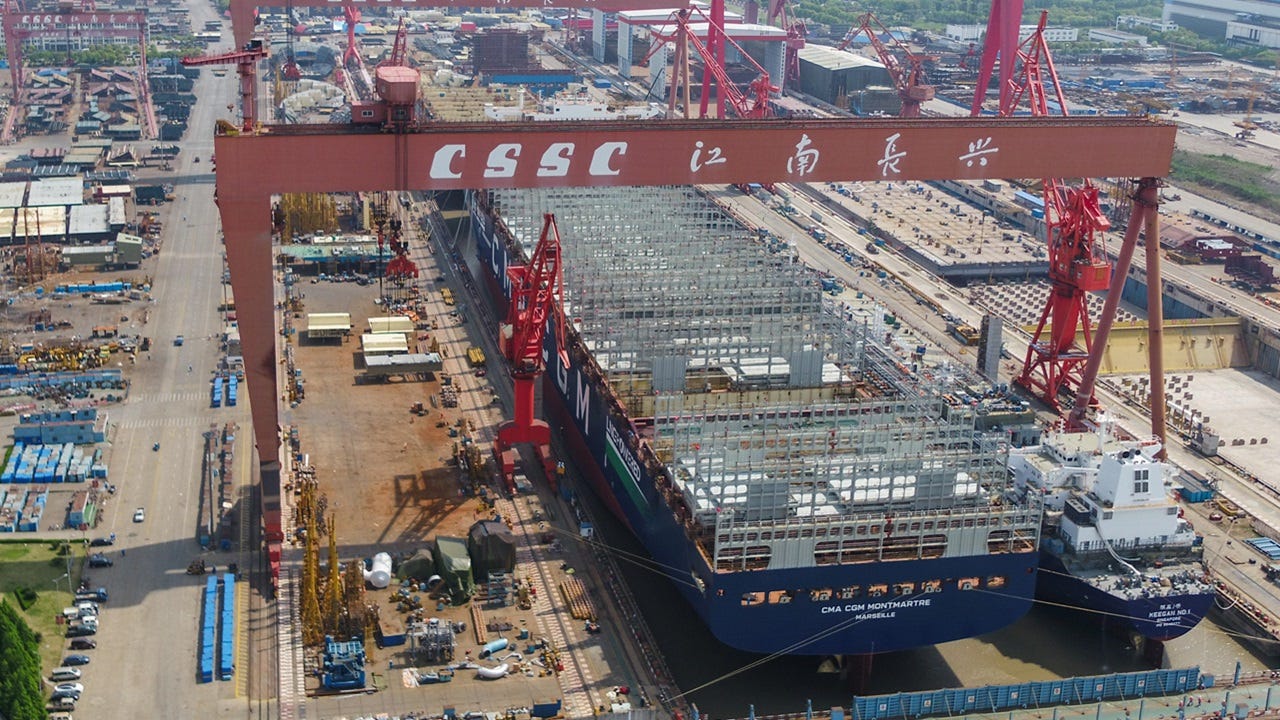
Privately market experts have said that the container shipping industry is heading for a “catastrophic decline”, if, as expected, market fundamentals continue to align in the way that they have been shaping up this year.
In effect renewed vessel orders, 288% up year-on-year in the first half of this year, and a limited growth in demand under 5% has only been tempered by the Middle East crisis and the Cape of Good Hope vessel diversions, according to Veson Nautical’s Mid-Year Market Report, released on 9 July.
Actual deliveries and capacity growth has been absorbed by the various crises from the Ukraine war to the Red Sea and Middle East crisis and pandemic demand spike. That is coming to an end with the counter-vailing crises of US tariffs and regulation and the prospect that the Suez Canal could reopen in 2027.
Veson analyst Dan Nash argues that there is an imbalance between supply growth versus demand growth: “It's around 8% for supply and 2% for two-year demand growth and that assumes continued Cape of Good Hope diversions. We're not assuming a return to the Red Sea until probably 2027 at the earliest.”
Moreover, Donald Trump’s efforts to shift shipbuilding out of the dominant hands of the Chinese, with the US Trade Representative’s Section 301 charges on China built ships due in October, appear to be failing with the majority of orders still at Chinese yards, which accounted for 133 of the 195 boxships ordered in the first half of this year.
Orders, however, slumped in 2023 and 24, from more than 300 in the first half of 2021 and 2022, and, as a result, Nash dismissed the headline figure of 288% increase over 2024 orders, pointing out that the pandemic era orders were significantly higher and 2024 orders.
“You just can't compete on price when it comes to China, and when you order a ship, you know you're looking at it long term. Where will the markets be in two, three or four years? No one really knows. So, ship owners are betting on a change of policy further down the line, but the driving factor is the price of a ship,” explained Nash.
The Veson analyst pointed out that Chinese ships are 20-30% cheaper than their next nearest competitor in South Korea, but three to four times more to build the same ship in the US.
“The delivery terms are so competitive too, I mean there was a car carrier built in 209 days earlier this year. I know we're talking about container sector, but the Chinese can really switch it on if they want to,” Nash added.
According to Nash the charter market also appears to be defying market gravity staying stubbornly high, but he admits that with the market highly charged over the past few years charter periods have lengthened, and that has created a charter market lag, that will take time to work out.
“There's a big disconnect between the charter market and rates for 40-foot containers in the spot market. And no one can really understand it. But the spot market for 40-foot containers is generally the 1st signal of where the market is going,” said Nash.
In addition, the sale and purchase market has been buzzing with MSC bullish in the market hungrily looking for tonnage to meet its need to offer services it used operate with Maersk in the 2M alliance.
With around 30% of the fleet on order Nash believes that scrapping will increase as these ships are delivered over the coming years.
Scrapping, however, is not as straight forward as it used to be with the Hong Kong Convention having entered into force last month, and the number of yards available for environmentally friendly scrapping it could lead to further bottlenecks in the system.
“If the rates are rock bottom and owners, need to scrap quickly, it could extend the drive for demolition,” said Nash, and that could further depress the carriers’ income levels, and extend the period of low rates further.
In this scenario, the USTR’s port charges could limit capacity on the Pacific to some extent, but it remains questionable whether that would be enough to offset losses on all the other trades.



